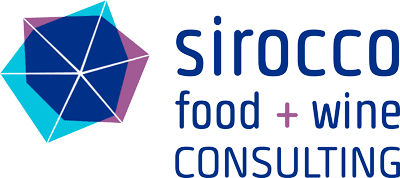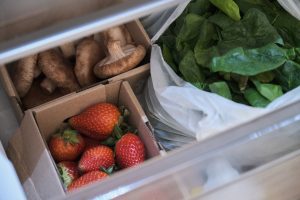The rise of food recalls and the global nature of food trades are forcing governments to modernise their food safety legislation. While the Food Safety Modernization Act (FSMA) was signed into law by President Obama in January 2011, the Safe Food for Canadians Act received royal assent on November 2012. With these two key pieces of legislation, both the US and Canadian governments share a common objective: increasing food safety and ensuring public health. Given the broad definition of “food” under American and Canadian law, food and wine producers will be affected by new food safety regulations which should come into effect early 2015 in Canada and over the next two to three years in the US.
Proposed regulations under each act indicate a common approach to ensuring food safety. One shared requirement is the need for food facilities and wineries to register with the Food and Drug Administration (FDA) under FSMA or the Canadian Food Inspection Agency (CFIA) under SFCA. This licensing step allows authorities to better track industry stakeholders and their activities all along the food chain — or from “farm to table” — thereby responding more quickly to potential food safety issues such as outbreaks and recalls. Another common measure put forward is the development by food and beverage facilities of risk-based preventive control plans similar to HACCP (Hazard analysis and Critical Control Points). With this common proposed requirement, Canada and US governments favour an “outcome” and management-based approach to controlling food safety issues. A third common aspect of both pieces of legislation is the responsibility placed on importers to verify that food commodities meet food safety regulatory requirements. Both governments advocate a “one step forward, one step backward” approach to ensuring food traceability along with good record keeping procedures. Last but not least, both governments are proposing specific food safety regulations targeting high risk commodities such as fresh produce.
While food businesses have always been familiar with food safety standards and food safety inspections, food safety risk management is a new concept for wine producers. Currently under FSMA, American wineries must comply with Current Good manufacturing Practices (CGMP) and are subjected to Food and Drug Administration inspections but are exempted from implementing Preventive Control Plans such as HACCP. This is because wine is an acidic beverage associated with low food safety risks. In Canada, the proposed food safety regulations target all food businesses including wineries that are involved in inter-provincial and international trade. According to Agriculture and Agri-Food Canada, “the development of a wine industry-specific HACCP plan will enhance Canada’s reputation as a producer of safe, high-quality wine and it can address any concerns that might compromise safety, quality integrity and production efficiency.”
For Canadian small and medium enterprises (SME), meeting the new food safety requirements will require sourcing additional resources. Trade associations already offer services to help businesses understand and anticipate regulatory requirements towards reaching compliance. In this regard, British Columbia businesses have already access to tools to facilitate the implementation of risk-based food and wine safety controls. The Canadian Vintners Association’s online Wine Secure program and the A BC HACCP plan tool kit constitute two interactive options designed for wine and food products respectively. On the government side, the CFIA is also developing a compliance promotion policy to help stakeholders transition to the new food safety model. Industry and independent food safety specialists will also have an important role to play in helping SME achieve compliance.
As it stands now, CFIA is gathering comments and feedback on the proposed food safety regulations as part of a consultation forum until November 30, 2013. Drafts of proposed regulations are expected to be published in the Spring of 2014.
ELECTRONIC REFERENCES
Safe Food for Canadians Action Plan
Wines and Vines – Food Safety Modernization Act
Disclaimer
Care has been taken wherever possible to verify accuracy and reliability of information, but this article is intended for information purposes only and does not constitute legal or professional advice.





